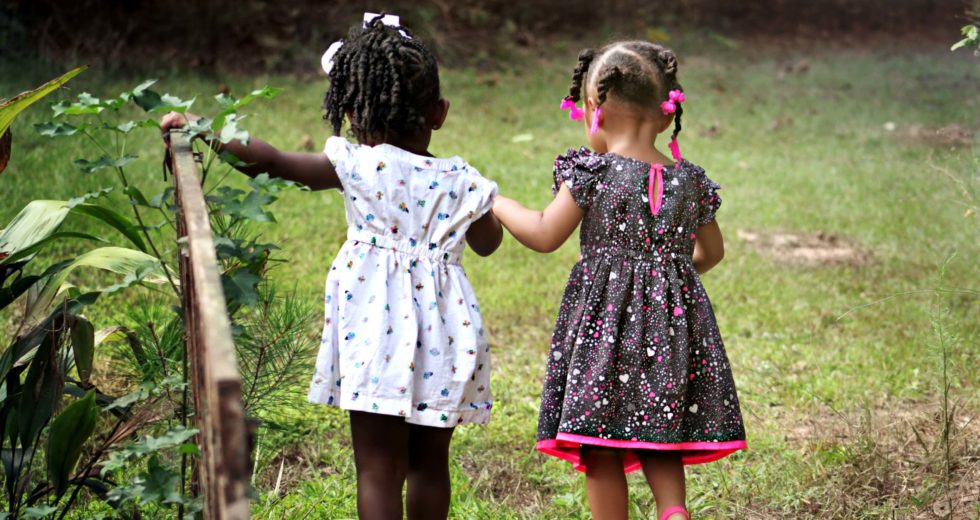Child Maltreatment Prevention: Past, Present, and Future

Child maltreatment prevention is a critical component of the nation’s child protection system. Dr. Deborah Daro outlines strategies and interventions that have been proven to reduce child maltreatment. She advocates for the use of best practice programmatic elements from successful interventions to shape future prevention strategies.
What we did
Daro outlines the scope of child maltreatment in the United States and a history of child maltreatment prevention from a policy perspective. Next, she describes prevention strategies that are prominent today (such as public awareness efforts, parent education, home visitation, community prevention efforts) and what makes these strategies successful.
What we found
The following items represent best practices elements that at the core of current successful child maltreatment prevention strategies:
- A theory of change that identifies specific outcomes and clear pathways for addressing these outcomes
- A recommended duration and dosage of services that are systematically applied to all those enrolled in the program
- A clear, well-defined target population with eligibility criteria and strategies for engaging this population
- A strategy for guiding staff in balancing the task of delivering program content while being responsive to a family’s cultural background and immediate needs
- A method to train staff on delivering the model, with supervisory systems in place to support the ongoing development of staff
- Reasonable caseloads that allow staff to accomplish program objectives
- The systematic collection of information on participant characteristics, staff characteristics, and participant service experiences to ensure strategies are implemented with fidelity, program intent, and structure in mind
What it means
Achieving stronger impacts in child maltreatment prevention requires continued development and testing of a broad array of prevention strategies and systemic reforms. As demographic and fiscal realities change in the United States, child maltreatment strategies of the future may need to be reevaluated and altered.
Child maltreatment strategies of the future should consider:
- Improving the nation’s ability to prevent child maltreatment through a public health model of universal program delivery
- Designing programs to support a diverse American population
- Employing technology to increase access to programs; and
- Balancing enhancement of formal services and informal supports
Preventing child maltreatment is not simply a matter of parents “doing a better job”; it is about creating a context in which “doing a better job” is easier. Through governmental and public support of successful interventions, prevention will progress and fewer children will remain at risk of maltreatment.



 Thank you for your interest in Chapin Hall’s research. Please share some information to access this file.
Thank you for your interest in Chapin Hall’s research. Please share some information to access this file.